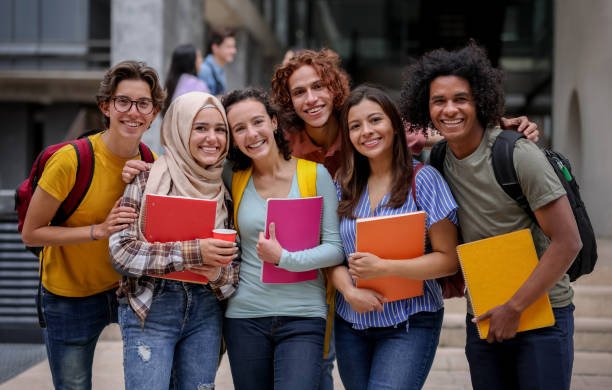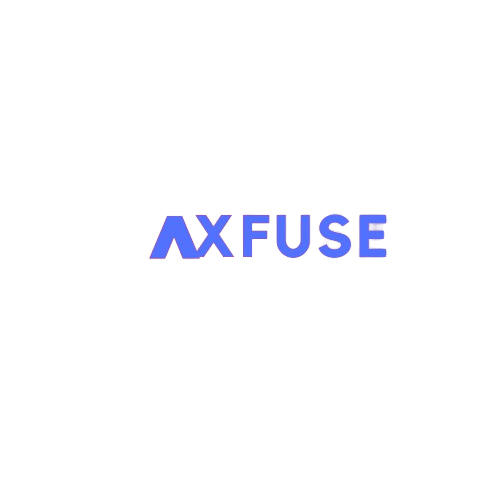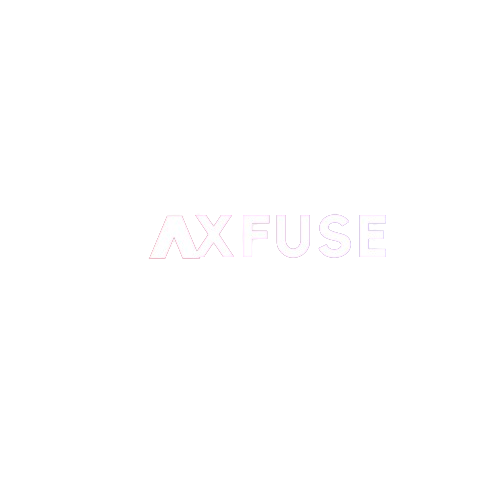A foreign national who wants to enter the United States often needs to first get a visa, either an immigrant visa for long-term residency or a nonimmigrant visa for short-term travel.

To study in the United States, you need a student visa. Whether you require a F visa or a M visa depends on your intended course of study and the kind of school you intend to attend.
All international applicants, that is, those without US citizenship or permanent residency, must first acquire a US student visa in order to lawfully attend school in the US. This international student visa enables you to temporarily remain in the US while participating in an authorized academic exchange program, language program, or school.
After you finish your program, your student visa expires. You must leave the US at that point. (However, you may later visit the US on a different visa, such a work visa, as a tourist.)
Types Of Student Visas Available To You.
US student visas come in three different categories:
1: The F-1 visa is available to both undergraduate and graduate students who wish to study in the US for high school or college/university (including language programs).
2: The M-1 visa is for study that is not academic or vocational in the United States. These courses are often brief and career-focused. You could enroll in a medical training program or a culinary school, for instance.
3: J-1 visa: This visa is for exchange travelers, such as scholars, au pairs, study abroad students, and interns.
International students often require an F-1 visa in order to enroll full-time in undergraduate or graduate programs. In contrast, you will need to apply for a J-1 visa if you intend to study abroad for just one or two semesters at a US college (and wish to earn credits that transfer back to your home institution).
When To Apply For A Student Visa.

Only after you’ve applied to and been accepted by a school that has SEVP approval can you submit an application for a student visa. The Student Exchange and Visitor Program is known as SEVP. This program must certify any US institution that accepts F-1 or M-1 students.) You can start the visa application procedure as soon as you’ve been admitted to the college or university you want to attend.
Keep in mind that you must obtain your visa prior to the start of your program. Although you can apply for a US student visa up to 120 days before to the start of your program, you cannot enter the country on that visa until 30 days have passed since the start date.>>> APPLY NOW
Documents Required For Application.

The following documents must be gathered and ready before your visa interview:
1: passport required to travel to the United States – Unless specifically exempted by country-specific agreements, your passport must be valid for at least six months after your intended duration of stay in the United States. Each person requiring a visa, including any family members indicated in your passport, must complete a separate application.
2: Confirmation page for the Nonimmigrant Visa Application Form DS-160.
3: If you must pay your application fee in advance of your interview, a receipt will be provided.
4: Add a picture of yourself – While completing the online Form DS-160, you will add your photo. You must bring one printed photo in the format specified in the photograph requirements if the photo upload fails.
5: Certificate of Nonimmigrant Eligibility (F-1) Student Status for Language and Academic Students Form Certificate of Eligibility for Nonimmigrant (M-1) Form I-20 Form I-20: Student Status for Vocational Students Once your information has been submitted into the SEVIS database, your school will issue you a Form I-20. The I-20 must be signed by you and a representative of your school. The Student and Exchange Visitor System (SEVIS) registration requirement applies to all students. If your spouse or minor children plan to live in the country with you, they will each be given a separate Form I-20.
Read Also: Visa Application To Colombia: Requirements.
Read Also: How To Apply For UK Visa From Nigeria
It’s possible that more paperwork will be needed.
You will be interviewed by a consular official to ascertain your eligibility for a student visa; he or she may also ask for further documentation, such as proof of:
1: Your academic background, including any transcripts, degrees, certificates, or diplomas from the institutions you attended, as well as any standardized test results that your U.S. school requires;
2: Your intention to leave the country after completing the study program; and
3: How you plan to cover all living, educational, and travel expenses.
4: Consult the visa application guidelines on the website of the U.S. Embassy or Consulate where you want to submit your application.
How To Apply For A Student Visa.

Applying for a visa involves numerous processes. Depending on the U.S. Embassy or Consulate, these processes may be done in a different order or in a different way. Please refer to the guidelines posted on the website of the embassy or consulate.
1: Fill out the online form for a visa.
• Form DS-160, Online Nonimmigrant Visa Application – Find out more about finishing the DS-160. In order to attend your interview, you must: 1) finish the online visa application; and 2) print the confirmation page of the application form.
• Add Photo – When completing the online Form DS-160, you will add your photo. The format of your photo must follow the guidelines in the photograph requirements.
2: Schedule a meeting.
With the few, listed exceptions, most visa applicants must attend interviews. Any applicant for a visa may be interviewed by consular officials.
An appointment should be made for your visa interview at the American embassy or consulate in the nation where you currently reside. You are welcome to plan your interview at a different U.S. Embassy or Consulate, but keep in mind that it can be more challenging to be granted a visa somewhere other than your country of residence.
You should apply for your visa early because the wait times for interview appointments vary by location, season, and visa category.
Read Also: US Passport Application And Renewal, 2023.
3: Appointment Holding Period.
Find out how long it will take to get an appointment for a nonimmigrant visa interview at a U.S. Embassy or Consulate.
4: Pay the required amount available to you
5: Keep all the documents listed above and take then with you on the day of your interview.
6: Show up for your visa interview:
You will be interrogated by a consular representative to ascertain your eligibility for a student visa. To be granted a visa, you must demonstrate that you fit the conditions set forth by American law.
As part of the application procedure, digital, ink-free fingerprint scans are taken. They are often taken throughout your interview, however this varies depending on where you are.
The consular official may decide that your application needs additional administrative processing after your visa interview. If this is necessary, you will be informed by the consular officer.
After the visa has been granted, you might have to pay a visa issuance fee (if your nationality requires one) and make plans for the return of your passport and visa.>>>>> APPLY NOW
Please note: You can’t be certain that you’ll get a visa. Make no final travel arrangements or purchases of tickets until you receive a visa. Do follow us for more visa update.

